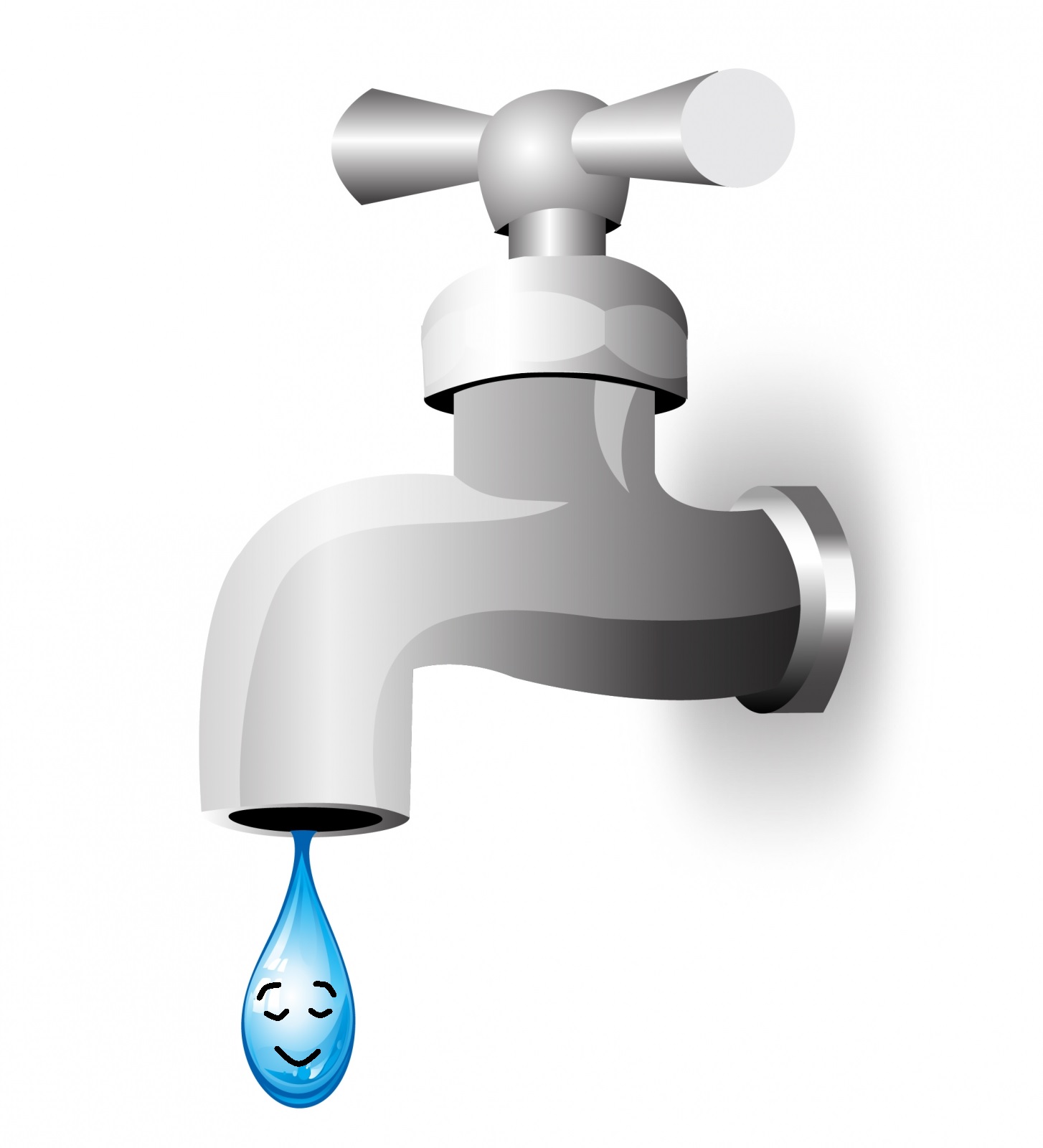It is widely recognized that cleansing is essential in wound management and it is always the first stage in every dressing change. But should you always cleanse the wounds? What is the best way to cleanse the wounds? Saline serum or tap water? What do you normally use? Let’s see what has been studied regarding wound cleansing.
Is wound cleansing always essential?
Wound exudate, especially in acute wounds, is a source of growth factors and other bioactive substances that promote healing. Studies that have compared wound cleansing in acute wounds with its absence, find no significant differences regarding infection and healing rates.1 On the other hand, indiscriminate cleansing may damage the fragile newly formed tissue in the wound bed. Therefore, cleansing any wound should be aimed at eliminating what is hampering its healing, which is not always easy to identify.
Saline serum or tap water?
It stands out the paucity of well-designed studies that have been done to determine the best cleansing solution. The ideal wound cleansing product should be a fluid that helps remove excess exudate and devitalized tissue, without being toxic to the microenvironment of the wound bed. Classical antiseptics (chlorhexidine, povidone iodine) were traditionally used. However, given that their cellular toxicity and consequent slowing of healing have been shown, their use is currently totally discouraged in clinical practice guidelines. This category should not include the new generation of products with antiseptic properties that do not alter the healing process, such as polyhexanide, whose use is beneficial in recalcitrant wounds with resistant biofilm and signs of local infection.
A systematic review has recently concluded that drinking tap water may be as effective and more efficient (because of its lower cost) than sterile water or saline serum. Seven clinical trials comparing infection and healing rates when comparing the use of tap water and saline serum were included and no statistically significant differences were detected in both acute and chronic wounds.1
What are the properties of each solution?
0.9% saline serum is an isotonic solution. Consequently, it does not alter wound bed fluids, does not hinder healing, does not cause tissue damage, produces no allergy and does not alter normal bacterial flora.
Water has been used for years, and its benefit has been proven. Water is a hypotonic solution, so long-length or frequent water irrigation would stimulate the absorption of fluid by osmosis, with the consequent increase in oedema and cell rupture. This would increase exudate and, consequently, the need of dressing changes. However, while cleansing does not involve immersion of the wound in water for a prolonged period of time, its regular use in wound cleansing is not only safe, but also easily accessible and efficient.2 In countries with limited resources and difficult access to drinking water, an alternative is the use of boiled or distilled water.
Another very interesting point: What is the optimal temperature at which the cleansing solution should be?
The optimal body surface temperature for the healing process is in the range of 33 to 42ºC. Outside these limits, healing is delayed.
During each dressing change, wound bed temperature decreases, inhibiting mitotic activity. Recovery from normal temperature may take 40 minutes, while restart of mitosis may occur up to 3 hours later.
It has been shown that cleansing solutions used at room temperature can lower wound bed temperature by 2°C, and therefore wound bed temperature would be less than 33°C. Consequently, in practice, it would be ideal to heat water or saline serum to at least 37°C. Moreover, cleansing should be rapid to avoid a drop in temperature.3
Referencias:




